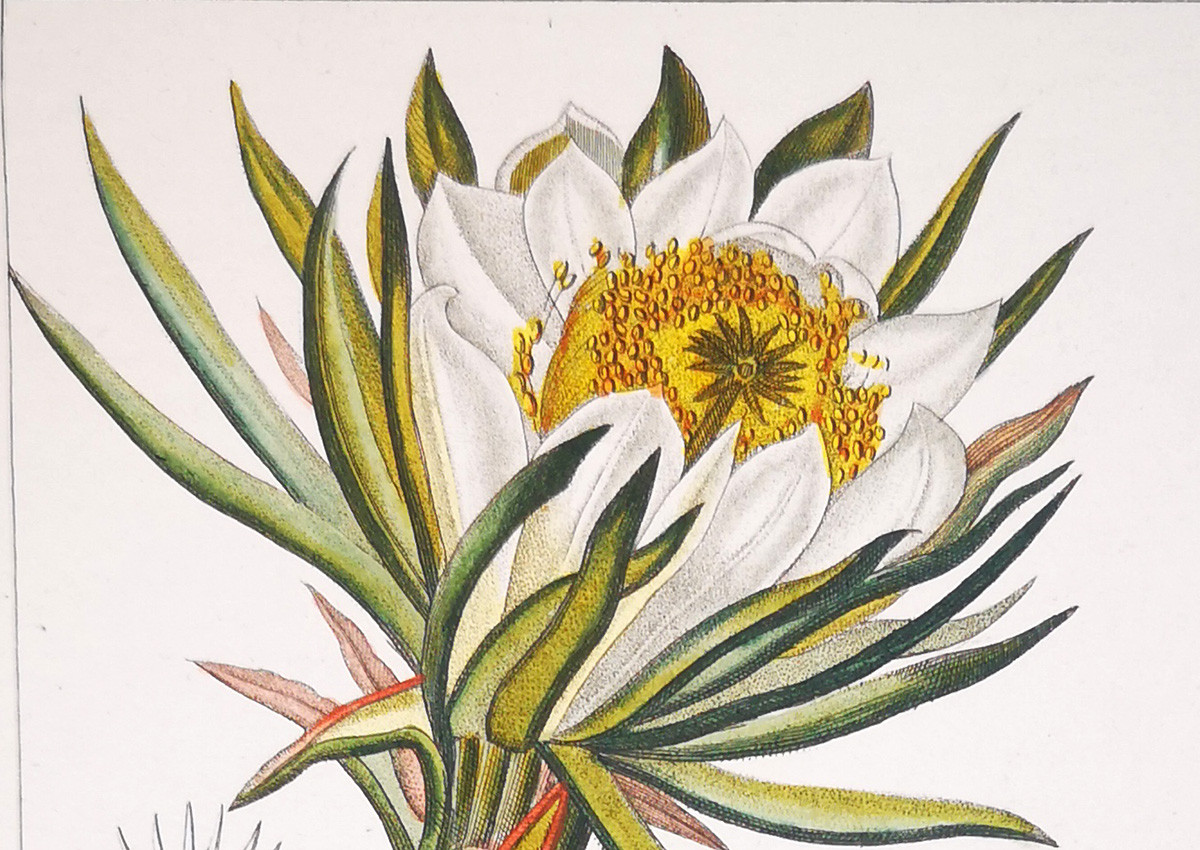
Pierre Jean François Turpin: The Botanical Illustrator of Natural Harmony
Pierre Jean François Turpin (1775–1840): The Botanical Artist of Enlightened Science
Pierre Jean François Turpin stands among the greatest botanical illustrators of the 19th century. Born in 1775 in Vire, Normandy, Turpin’s path was not originally destined for art. He served in the French army during the late 1790s and was stationed in the Caribbean, where he met the botanist Pierre-Antoine Poiteau. This fateful meeting sparked a lifelong friendship and a collaboration that would define Turpin’s contribution to science and art.
From Soldier to Naturalist Illustrator
While in Haiti, Turpin began sketching the native flora with Poiteau, who recognized his artistic talent and scientific sensibility. Upon returning to France, Turpin devoted himself entirely to botanical art, refining a style that combined clarity, elegance, and remarkable anatomical precision. His illustrations were characterized by a harmonious balance between natural realism and compositional grace, which made them both scientifically valuable and aesthetically refined.
A Collaborator of Great Botanists
Turpin worked with some of the leading botanists of his time, including Jean-Baptiste de Lamarck, Augustin de Candolle, and Antoine Laurent de Jussieu. His meticulous illustrations graced the pages of many foundational works in botanical literature, making complex botanical structures accessible and visually captivating to both scholars and the public.
Style and Technique
Turpin was a master of line engraving and stipple, and many of his plates were subsequently hand-colored under his supervision. His signature “Turpin dis.” appears on numerous plates as the designated artist (“dis.” = delineavit), while the engraver’s name (e.g., “Ignoux sc.” or “Langlois inc.”) often appears alongside his. These collaborations resulted in prints of exceptional delicacy and compositional intelligence.
Italian Editions and the Dizionario di Scienze Naturali
In the early 19th century, several of Turpin’s works were translated or adapted in Italy. A significant example is the Dizionario di Scienze Naturali, published in Florence by Battelli. This ambitious encyclopedic work featured many of Turpin’s botanical plates, expertly engraved and colored in Italy. These prints, bearing the mark “Turpin dis.”, stand as a testimony to his international influence and the enduring value of his botanical vision.
Chronological List of Major Works Featuring Turpin’s Illustrations
- 1808–1813 — Flore médicale (by Chaumeton, Poiret, and Chamberet). A major reference in medical botany, illustrated largely by Turpin.
- 1816 — Histoire des végétaux classés d’après leur organisation (with Poiteau). Advanced botanical classification illustrated through detailed plates.
- 1818–1823 — Histoire naturelle des arbres fruitiers (by Duhamel du Monceau, edited by Poiteau and Turpin). A lavish folio work featuring exceptional fruit and flower plates.
- 1816–1830 — Dictionnaire des Sciences Naturelles (Cuvier, Jussieu et al.). An encyclopedic reference for which Turpin contributed many plates.
- 1830s — Dizionario di Scienze Naturali (Florentine edition by Battelli). Adaptation and translation of the French work, including Turpin’s botanical engravings.
- 1835 — Traité de physiologie végétale (by Dutrochet). Contains plates illustrating plant function and structure by Turpin.
Legacy and Influence
Turpin’s legacy lies in the marriage of artistic elegance with scientific purpose. His drawings are still admired today for their refined detail, graceful line, and educational clarity. The hand-colored plates are now highly sought-after by collectors and institutions alike, not only for their beauty but also for their contribution to the dissemination of scientific knowledge during the Enlightenment and beyond.
Turpin at Prantique
We are proud to offer a carefully selected collection of original 19th-century prints by Pierre Jean François Turpin, taken from the Italian edition of the Dizionario di Scienze Naturali. Each plate is a unique window into the fusion of scientific rigor and artistic beauty that defined Turpin’s exceptional career.
Discover more in our botanical collection and bring home a piece of visual history.

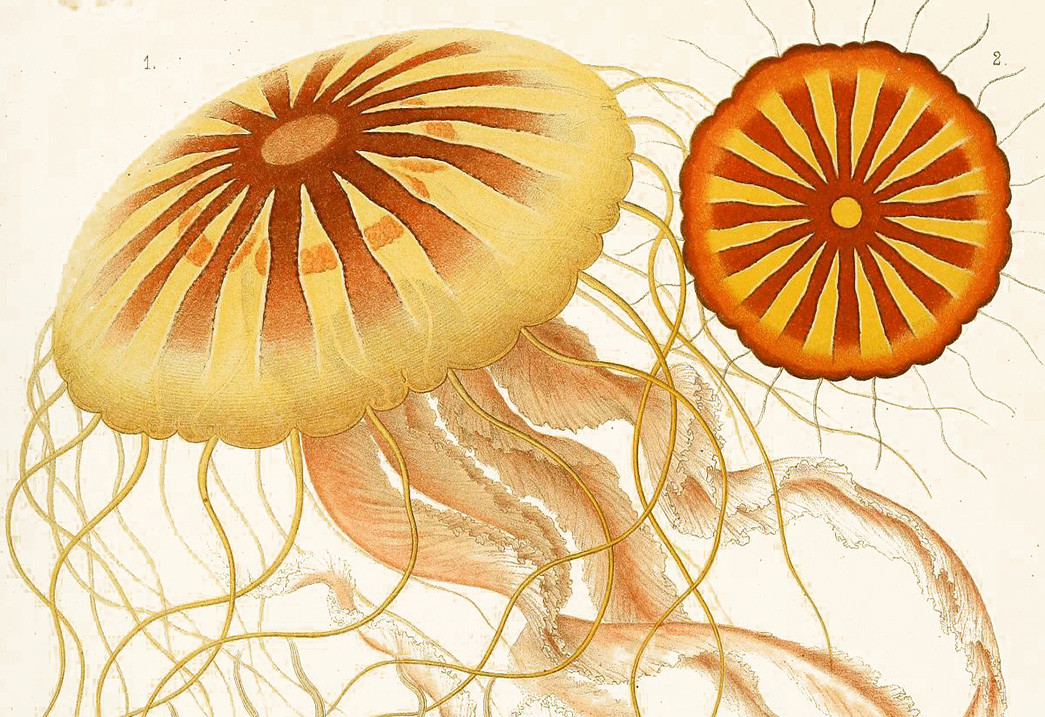
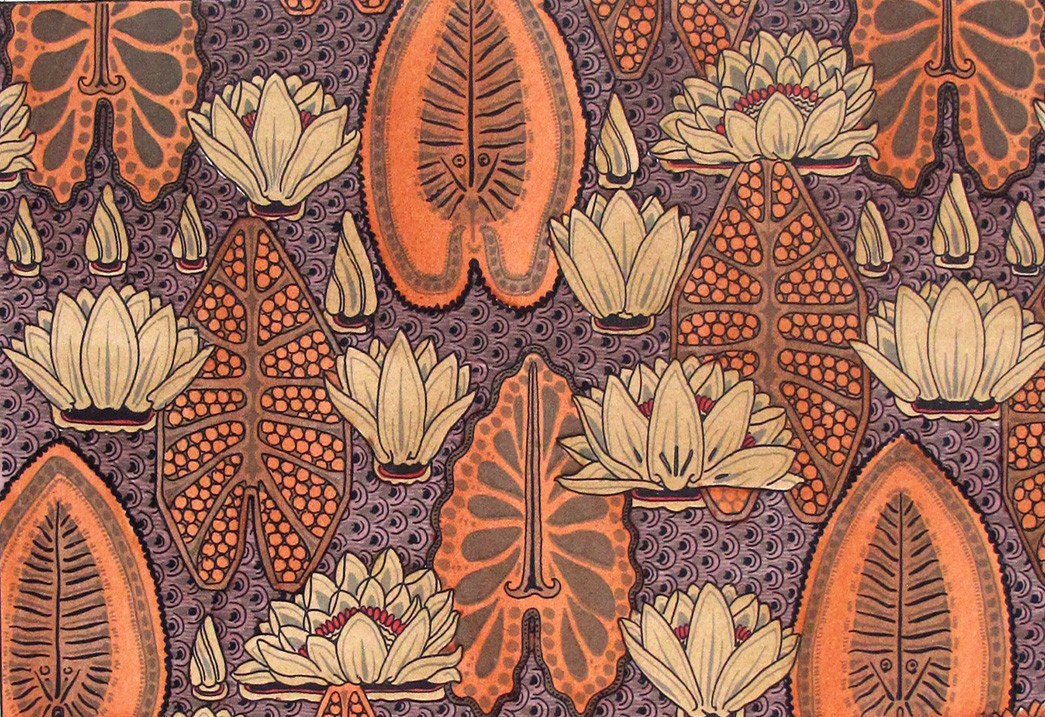
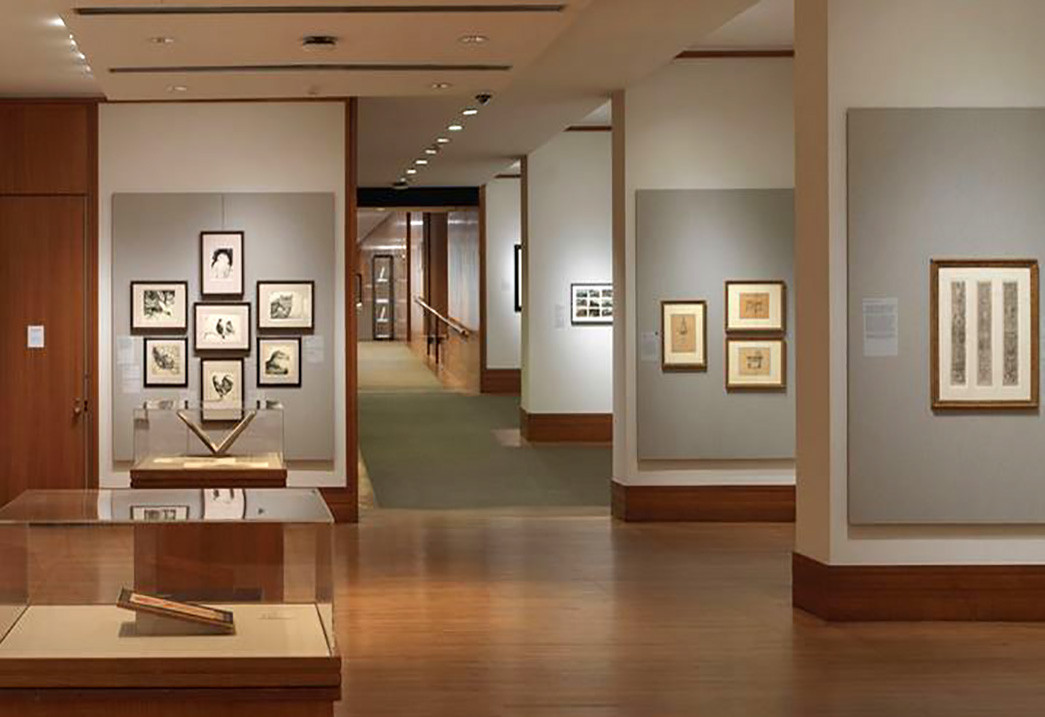
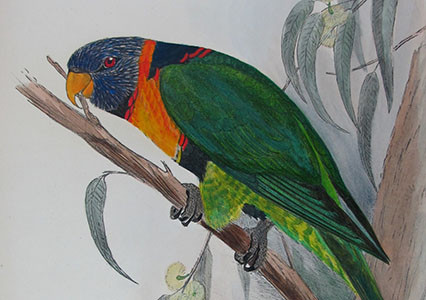
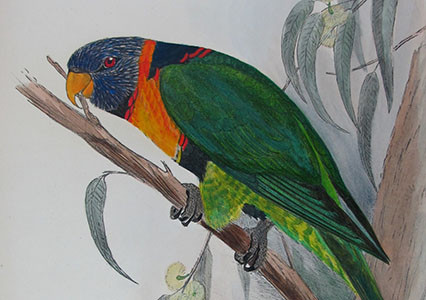
Leave a comment